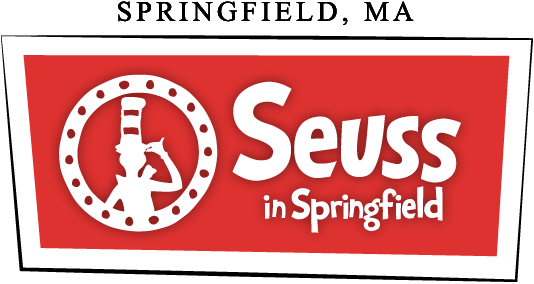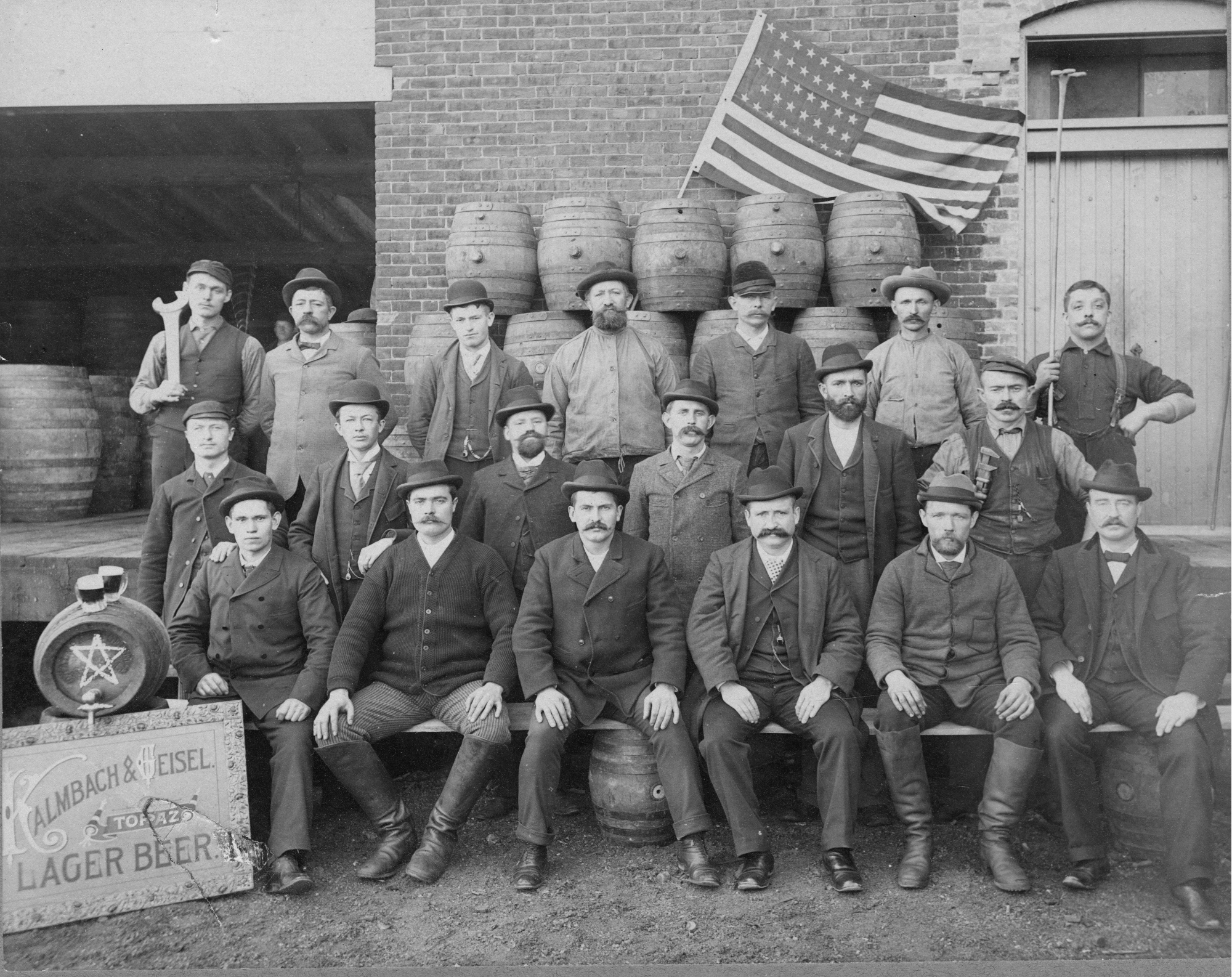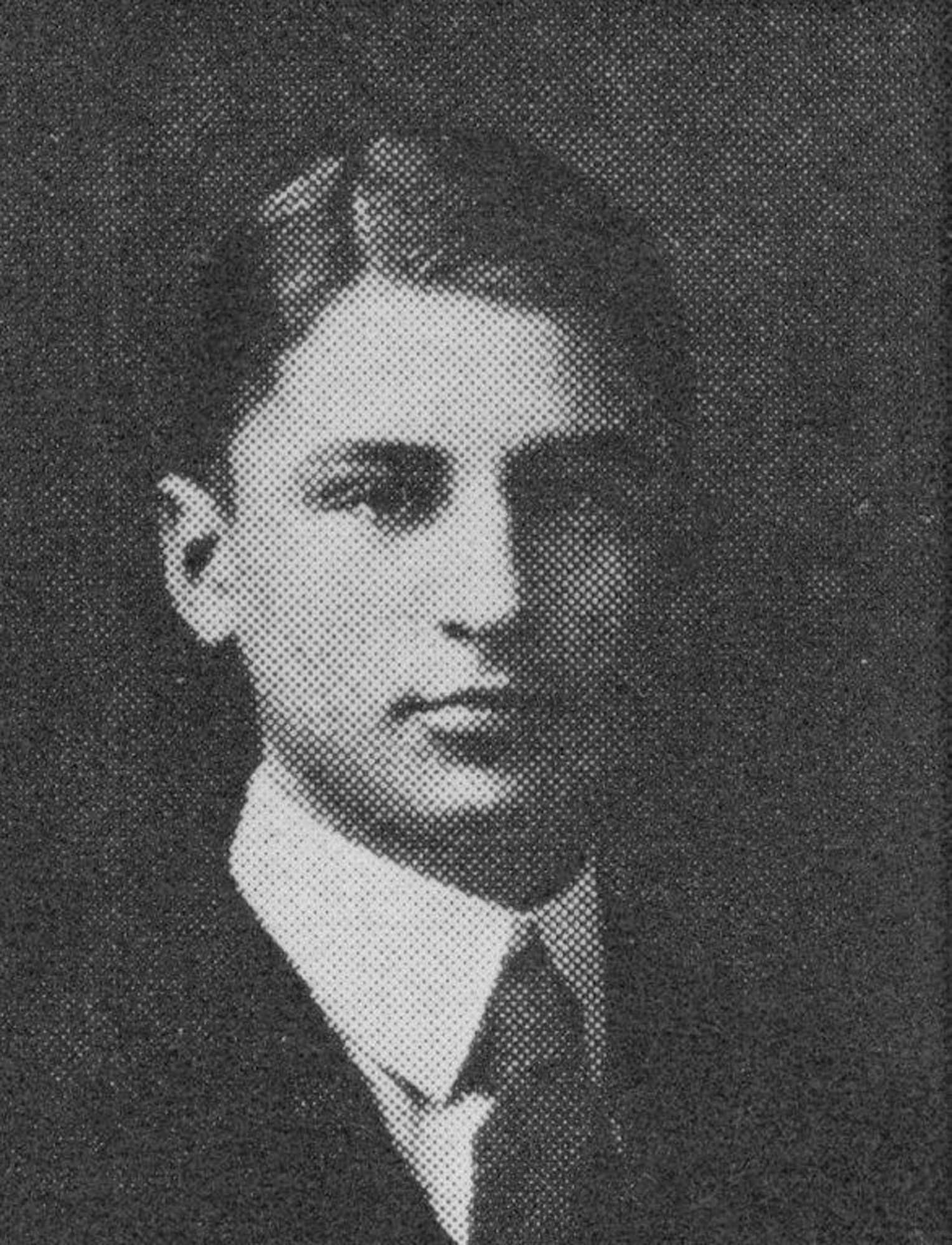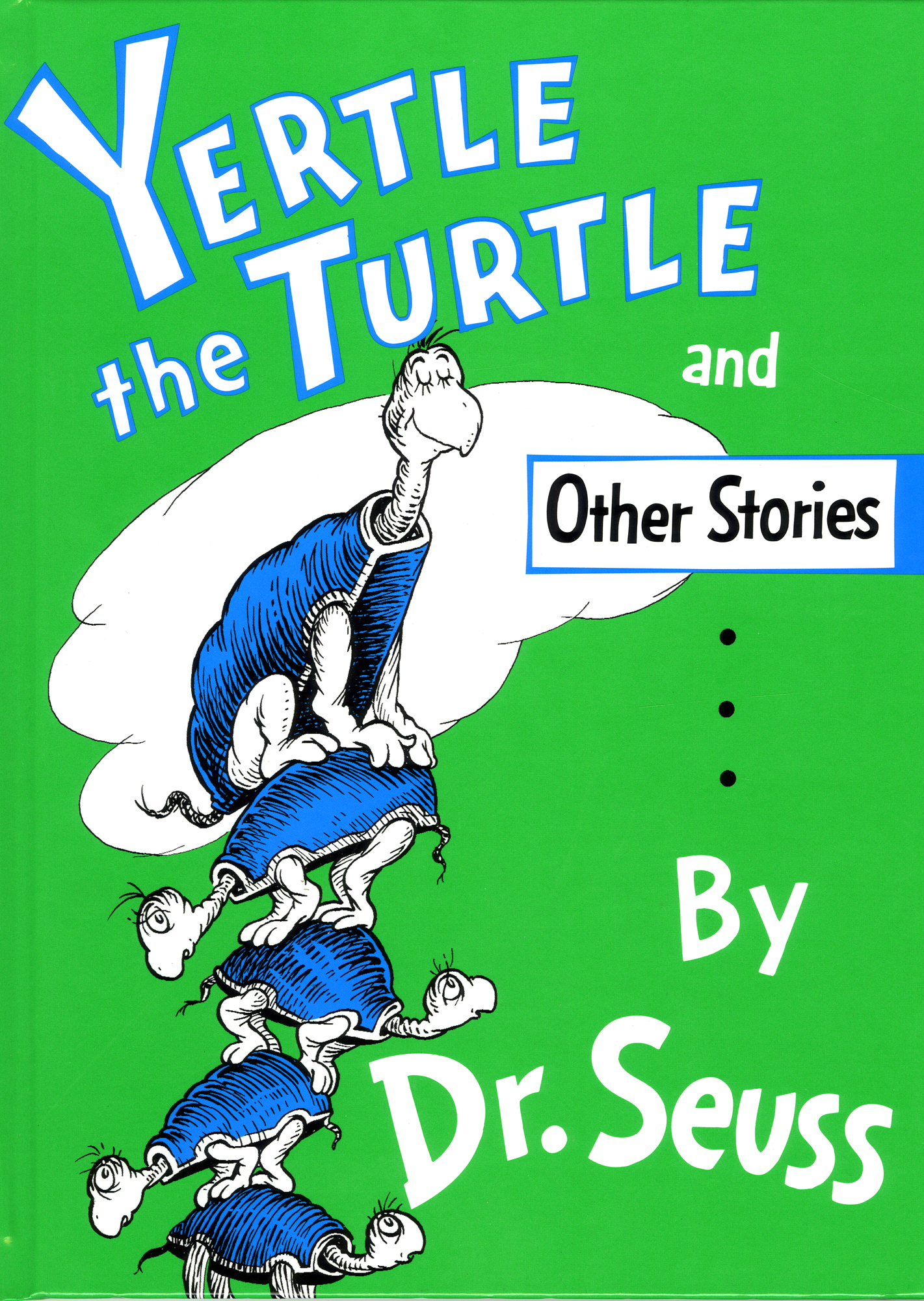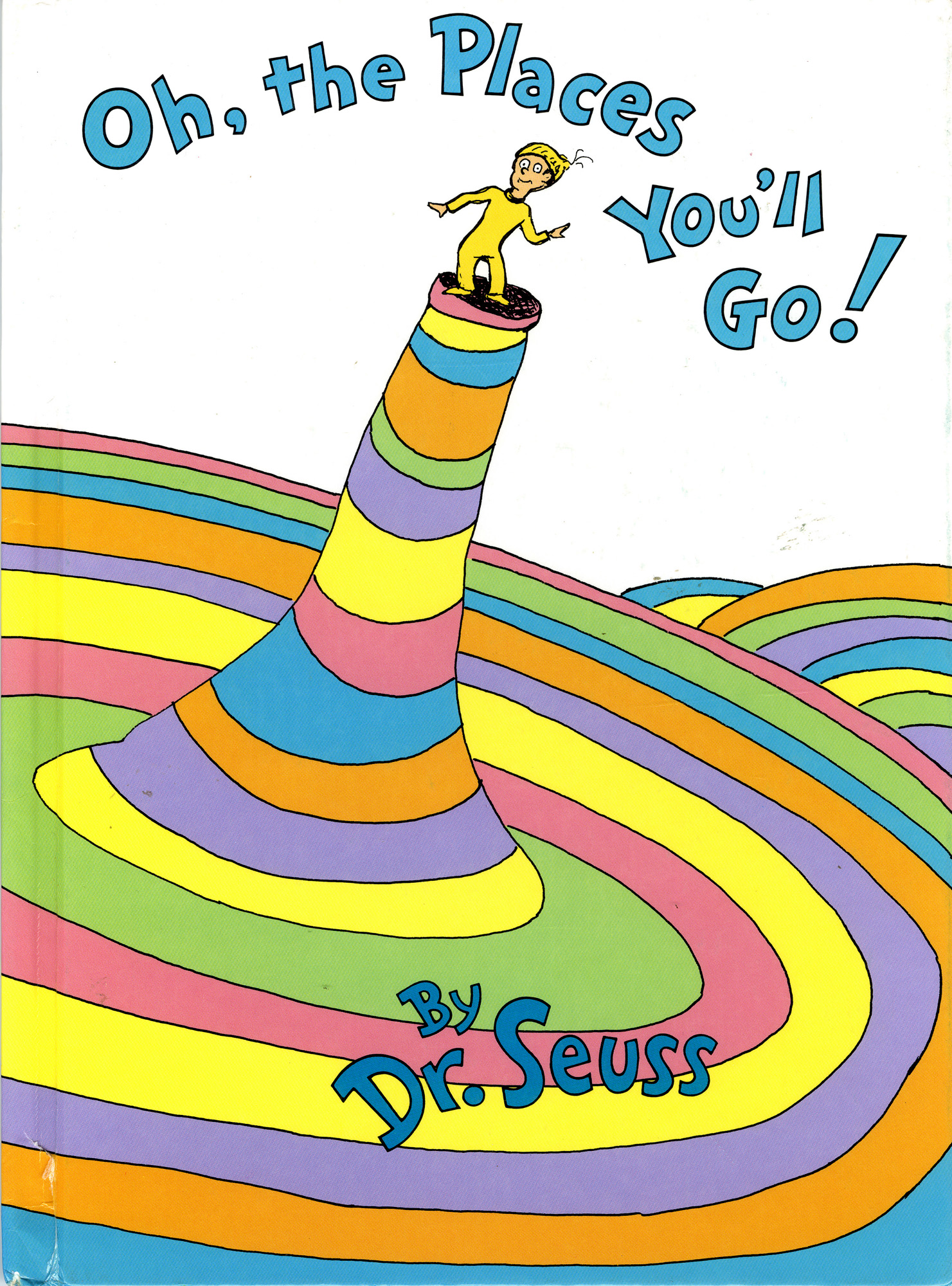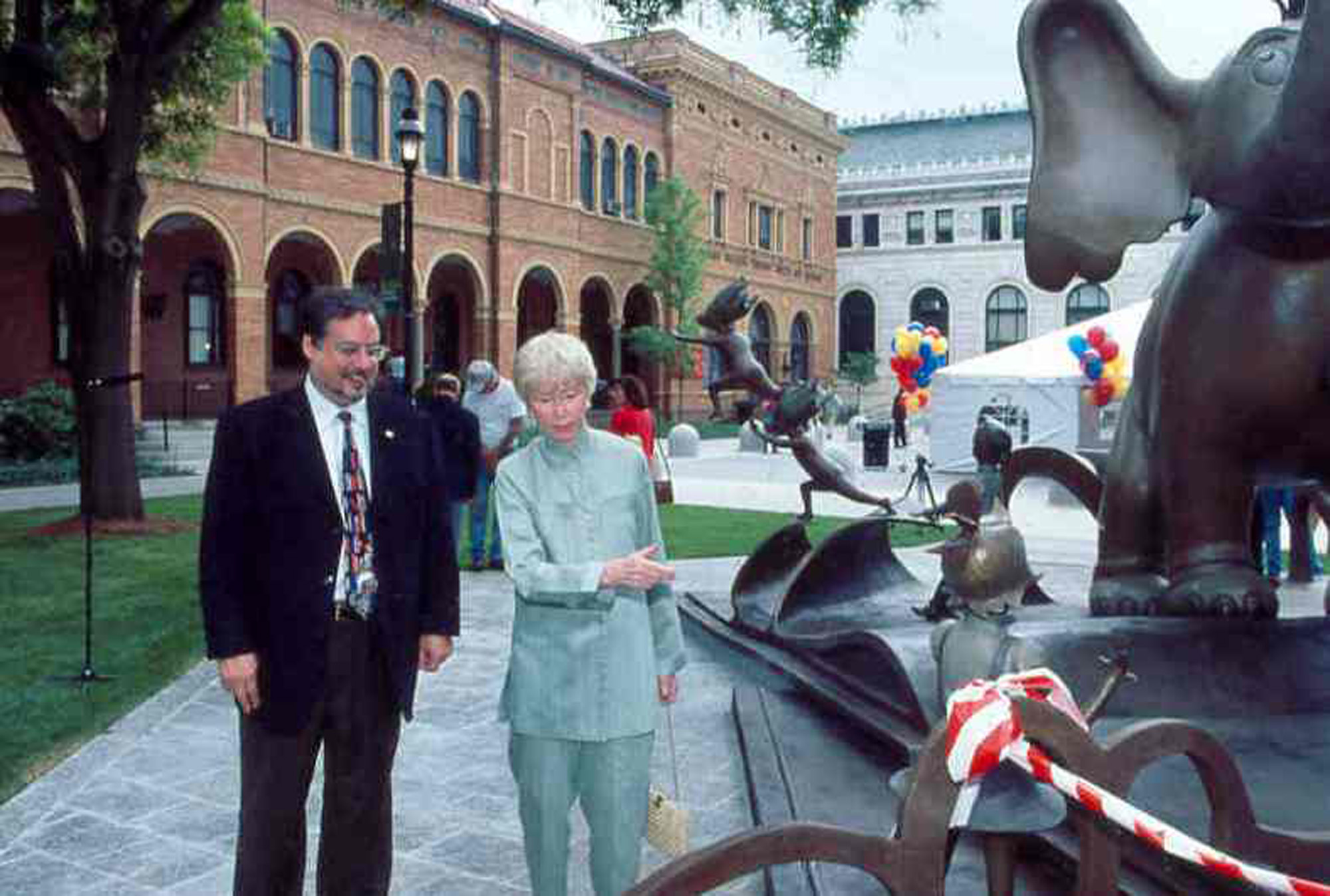1893
America’s first gasoline powered automobile
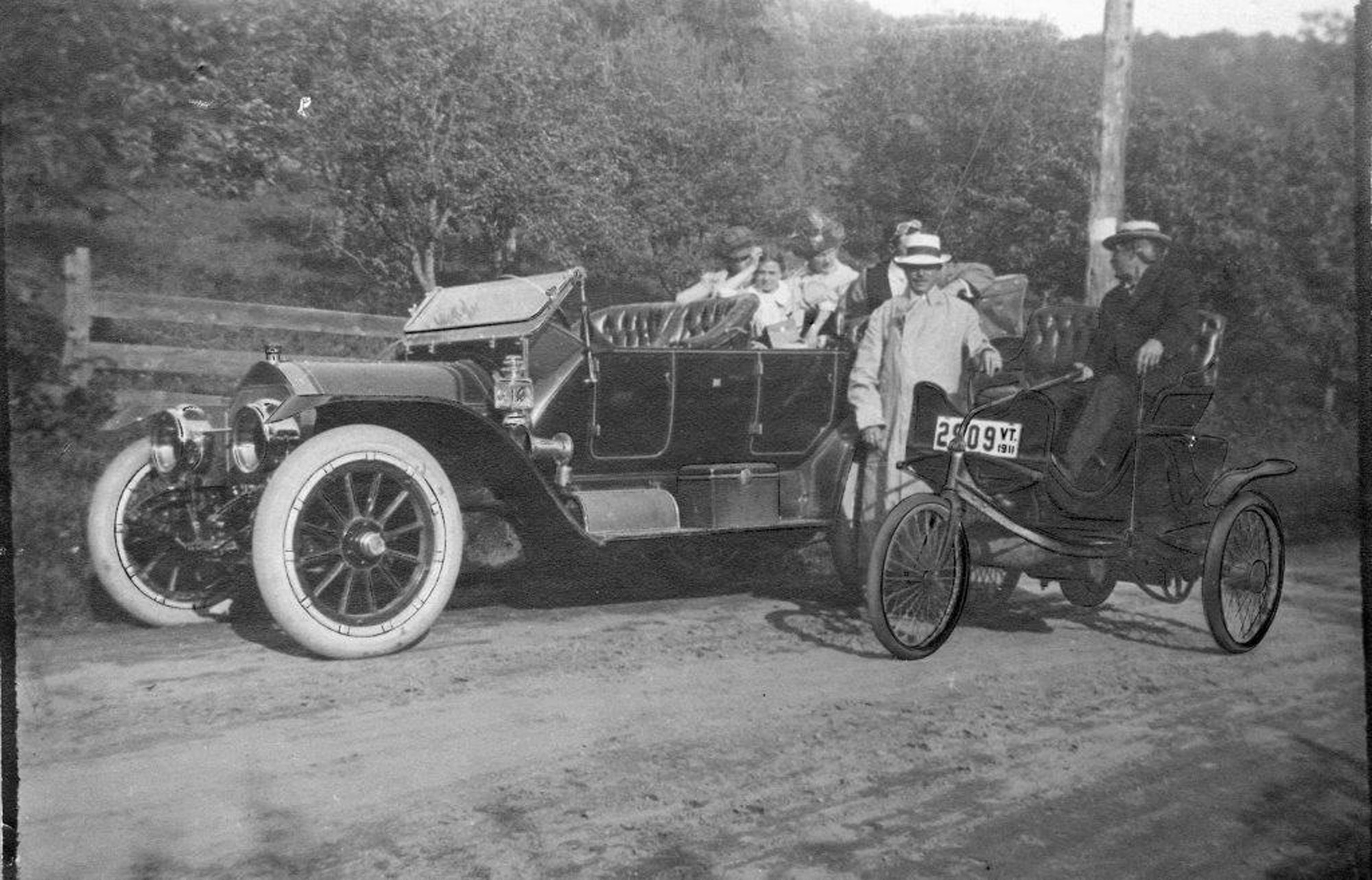
The brothers J. Frank and Charles E. Duryea designed and built America’s first gasoline powered automobile in a workshop on Taylor Street in downtown Springfield. On the evening of September 21, 1893, they took the first automobile trip in the U.S. on the streets of the city. Springfield quickly became a manufacturing center for early automobiles, and they were increasingly seen on the city’s busy streets over the next few decades.
